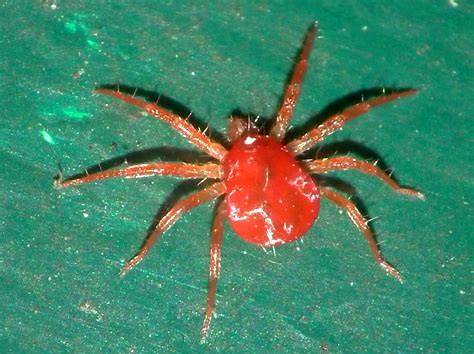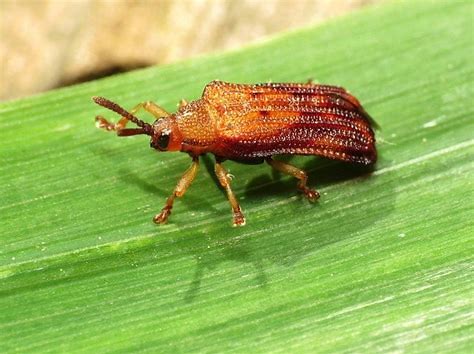
Are you starting to notice signs that pests are invading your garden? Are you worried about what types of pests in your garden?
No matter if you have an outdoor or indoor garden, it’s essential that you know how to identify the different types of pests in order to protect your precious greenery. In this article we will discuss the common types of pests in a garden environment and provide tips on how you can manage them effectively.
Key Takeaways
- Identifying the different types of pests that may invade your garden is essential to protect your plants and keep them healthy.
- Pests can come in many shapes and sizes, from tiny insects to larger animals like rabbits, and may present themselves in a variety of signs, including brown spots on fruits and vegetables, flying insects, holes in leaves, and speckled foliage.
- The article specifically discusses three types of pests commonly found in gardens: red spider mites, bagworms, and leaf miners. Each of these pests can cause significant damage to plants if not controlled quickly.
- Effective pest control methods may include raising humidity levels, using biological control, or spraying with organic products. Handpicking bags, dropping them into soapy water, or putting them out with the trash, as well as using predatory insects and birds can also be used for natural pest control.
- Checking your plants often and acting quickly if any sign of a pest is spotted is crucial to prevent an infestation. If natural methods do not work, insecticides or other pest control methods may be necessary.
What Types Of Pests in Your Garden
Gardening can be a rewarding experience, but it can also be a challenge when pests invade your garden. Plant pests come in many shapes and sizes, from tiny insects to larger animals like rabbits. It’s important to know how to spot these pests in order to protect your plants and keep them healthy.
Plant pests may present themselves in a variety of signs, including brown spots on fruits and vegetables, flying insects, holes in leaves, and speckled foliage. To prevent an infestation, it is advised to check your plants often and act quickly if any sign of a pest is spotted. Watering the bugs off with a hose can sometimes work, but if that does not suffice, insecticides or other pest control methods may be necessary.
Red Spider Mites

Red spider mites are a common pest found in gardens and greenhouses. These tiny mites live under leaves and feed on the sap, causing yellow mottling on the leaf surface. They can be difficult to spot as they are so small, but you may notice fine webs between the leaves which is a sign of their presence.
Red spider mite infestations can be reduced by raising humidity levels, using biological control, or spraying with organic products. It is important to take action against them quickly, as they can cause serious damage.
Bagworm
Bagworms are the larval stage of a moth that feed on evergreens and other trees. They build protective cases from plant material, and females lay eggs in the bags in late fall which can damage the tree if left unchecked.
Bagworm infestations can be controlled by handpicking the bags, dropping them into soapy water, or putting them out with the trash. Predatory insects and birds can also be used for natural pest control. It is important to take action against bagworms before they cause too much damage.
Leaf Miner

Leaf miners are small insects that feed on the leaves of various plants and cause discolored areas on their surfaces. These blotches can range from yellow to brown and can appear as tunnels, winding lines,or trails.
Leaf miner damage can cause stunted growth and death of plants, so quick action should be taken to prevent further damage. Removing affected leaves and using insecticides are some methods of control, as is planting resistant varieties of plants.
Winter Moth
The winter moth is a species of moth that can cause damage to fruit trees. The caterpillars feed on the leaves, leaving small holes visible. To protect fruit trees from further damage, it is important to take action against these moths before they can reproduce.
Sticky traps are an effective way to control adult winter moths by attracting them with a sweet scent and preventing them from reproducing or causing damage.
Scale Insects

Scale insects are a common pest for many plants, especially evergreens. Evidence of infestation includes bumps on leaves and stems, poor growth, sticky excretions on the foliage, and sooty mold due to honeydew produced by the insects.
In order to control scale insect populations, horticultural oil should be sprayed onto a plant to smother and kill the adults and eggs. Monitoring plants regularly is also important in order to catch an infestation early and prevent any further damage.